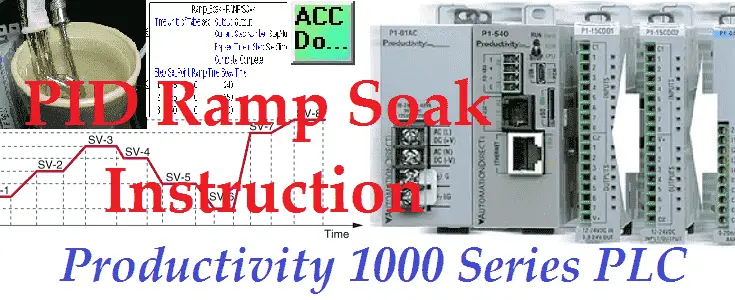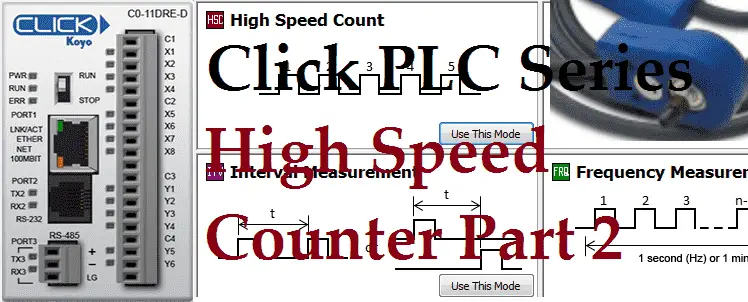Productivity 1000 Series PLC PID Ramp Soak
Productivity PLC – PID Ramp Soak Instruction The purpose of a ramp soak instruction is to make gradual, controlled changes in temperature (Ramp), followed by a temperature hold (Soak) period. We will be using our Proportional-Integral-Derivative PID Instruction that we looked at last time to apply the ramp/soak instruction. Using the immersion heater in a … Read more






